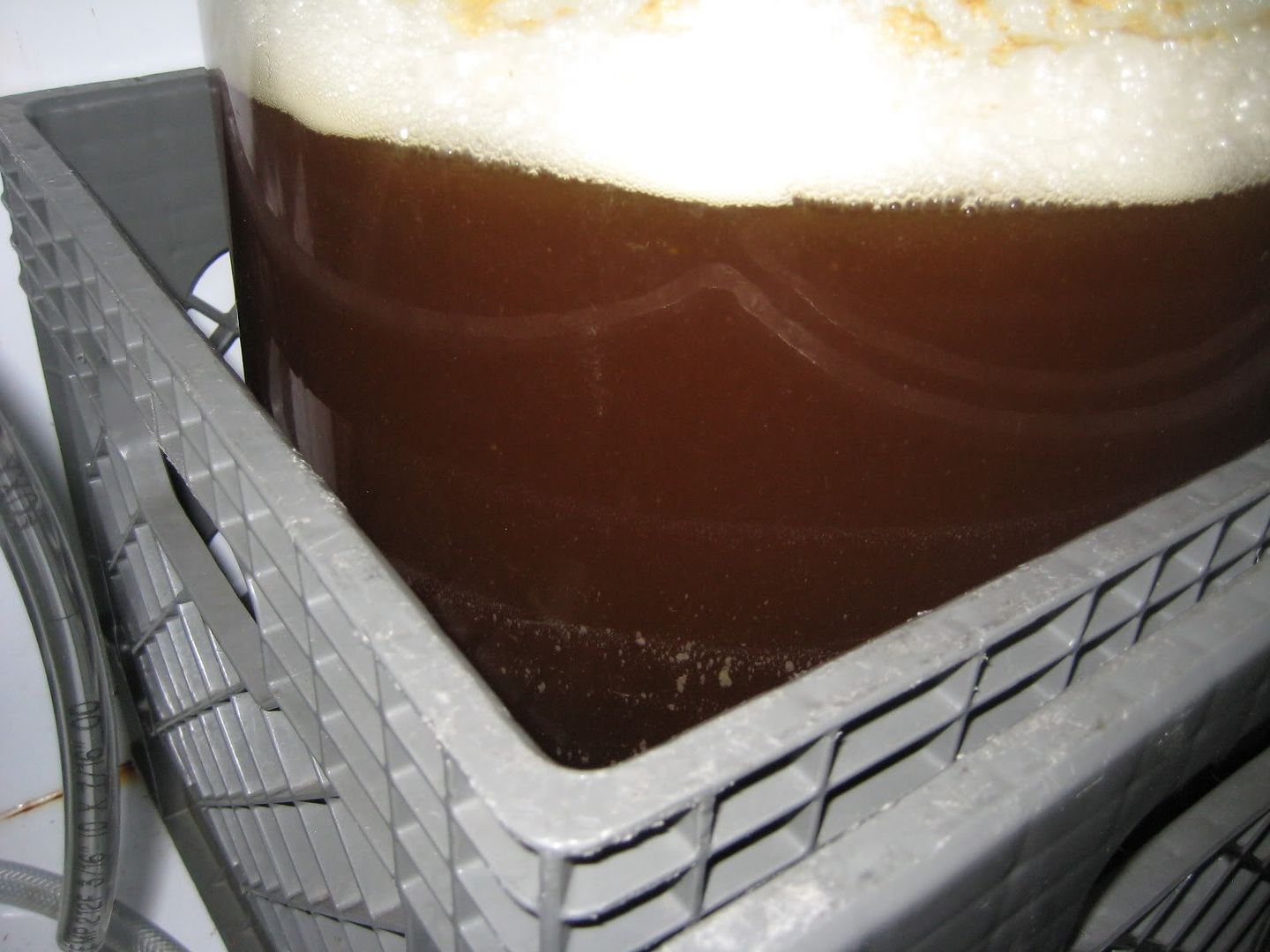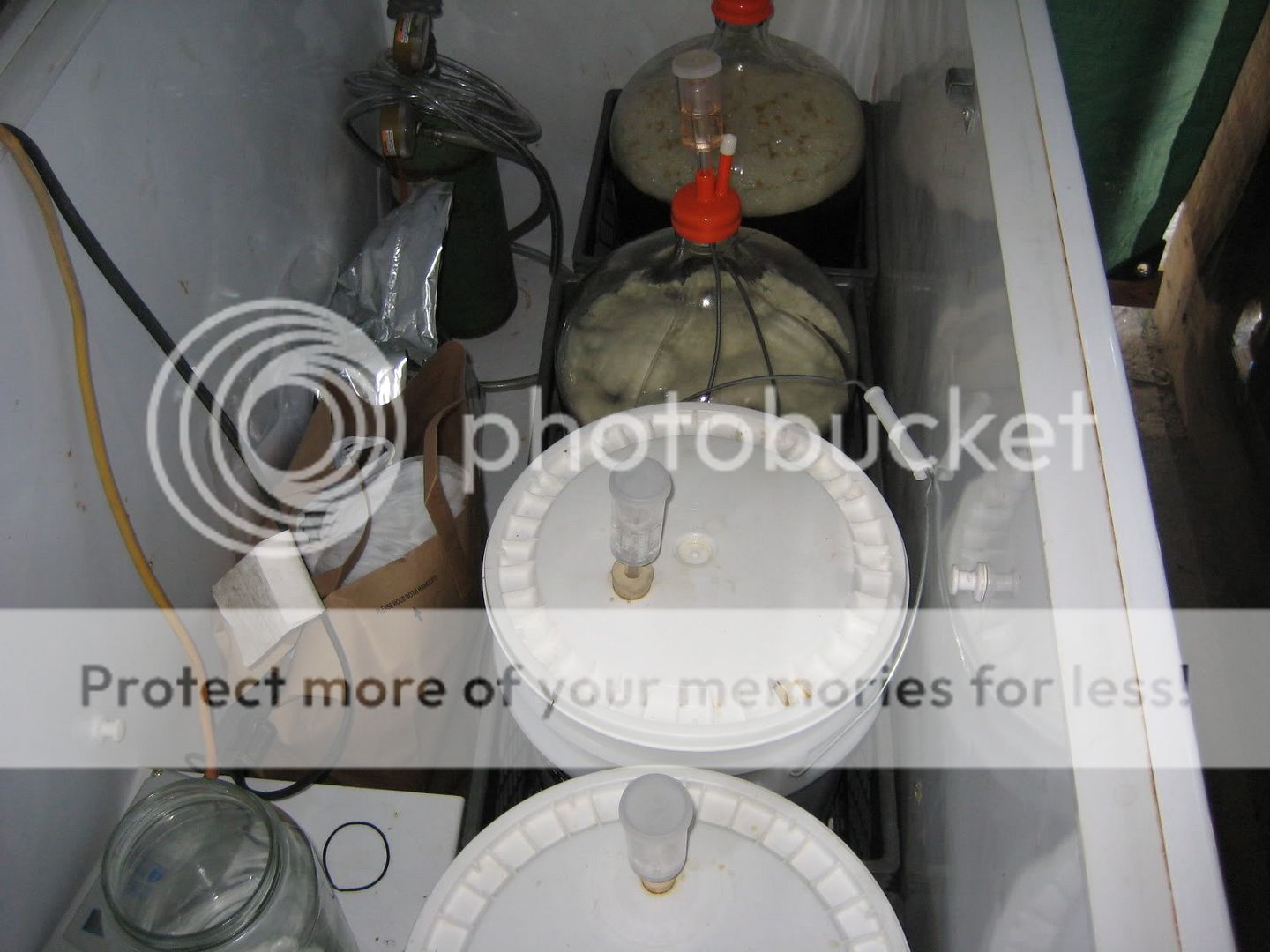akaryrye
Well-Known Member
Used 2lbs of pale 2row, soaked it, stewed it for 2 hrs at 150 - 160, then cooked it in the oven. However, some of it came out real light and some fairly dark. I was shooting for 40L, but I have no idea what ive got lol. Anybody try this and get results like this? I mean the grains taste great and I am going to brew with them on my next batch, but I was hoping for more consistency.





